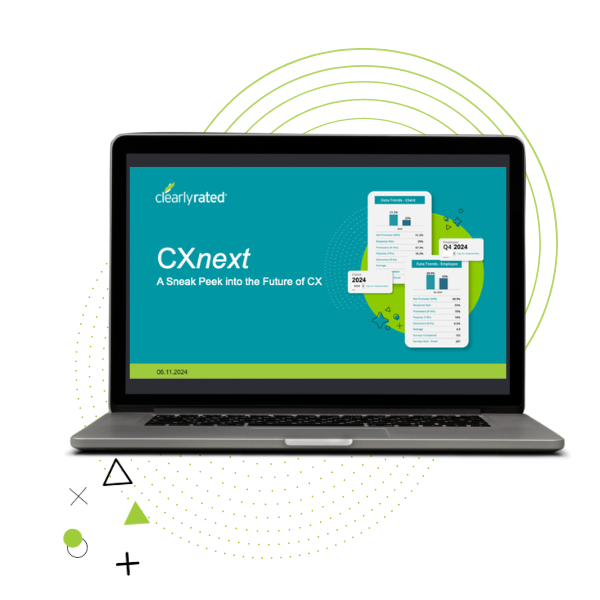Never before has diversity, equity, and inclusion (DEI) held the attention of so many organizations. And it’s about time. Many have publicly pledged to do better, but where do things truly lie after all the talk? Some studies have tracked whether there’s been real action and true progress, and we’ll get to them. But before we explore those reports, let’s get our terms straight, especially since the full focus of DEI has expanded from diversity and inclusion (D&I).
Diversity – The presence of differences in and among a group of people. The can include race, gender, ethnicity, nationality, age, religion, sexual orientation, political beliefs, socioeconomic status, and (dis)ability.
Inclusion – A sense of belonging, of feeling welcomed, accepted and valued, not just despite differences but partially because of them. True inclusion goes beyond this general feeling, inviting diverse individuals to fully participate in opportunities and decisions within an organization.
Equity – While equality may be the outcome of equity, they are not the same. Equality is treating everyone equally, or the same. Equity, on the other hand, recognizes that not every person starts from the same point or with the same advantages and opportunities. So Equity efforts focus on offering additional support and resources to those who need it to get on equal footing with their colleagues and peers. Equity initiatives can be in the form of training, mentoring, or other development assistance.
Diversity, Equity, and Inclusion are interrelated with the ultimate goal of creating equal opportunity within a workforce.
The State of DEI Efforts Across Industries
For its 2021 Global D&I Survey, PwC gathered about 5,000 responses across 26+ industries and 50+ countries. Researchers found that 75% of organizations explicitly identify D&I as a priority, but how involved are the leaders at those organizations? Just 17% appoint a C-suite peer to lead D&I efforts, while 27% identify a D&I leader that reports directly to senior execs. That means just 44% have the involvement of high-level leaders.
In 2022, reports started to include equity (E) in the D&I equation. A 2022 Workplace DEI Report that included 2,100+ companies across all industries found that just 49% had defined a strategic diversity plan. According to a KPMG survey, though, nearly 80% of companies across industries made plans to raise their DEI budget for 2022. Let’s summarize:
- 75% of organizations explicitly prioritize D&I
- 44% have high-level leaders involved
- 49% have a defined diversity plan
- 80% have higher DEI budgets in 2022
How does the Accounting industry measure up? Is it behind, on par, or ahead?
Where DEI Stands in the Accounting Industry
ClearlyRated partnered with the Association for Accounting Marketing and bbr consulting to find out how accounting firms’ DEI progress tracks against overall trends. Together we conducted a survey of accounting marketers and business developers in the spring of 2022, representing 100+ accounting firms. This DEI research shows where the accounting industry currently stands and provides actionable knowledge entirely unique to accounting firms. Below are our key findings.
Accounting firms are behind on prioritizing DEI.
When it comes to prioritizing DEI action, accounting as a whole seems to be falling behind. Just 53% of respondents said their firm has taken direct action toward DEI initiatives.
- 47% said their firms have not taken direct action toward DEI initiatives
- 8% said their firm is not currently interested in undertaking DEI initiatives
The bigger the firm, though, the more likely it is to have made visible efforts related to DEI. Of the 53% of firms that have, this is the breakdown by size:
- 64% of firms with 250+ employees
- 48% of firms with 100-249 employees
- 40% of firms with <100 employees

The percentage of accounting firms with formal DEI strategies matches that of the wider business world.
Half of respondents said their firms have a formal DEI strategy, which is on par with the business world overall. But a minority of respondents felt their firm is allocating enough time and budget for stated DEI initiatives. At firms without a formal strategy, 69% of respondents reported feeling that their firm is behind others — a sentiment that is far lower at firms with a defined DEI strategy.
DEI improves employee satisfaction at accounting firms.
Firms tend to have much higher employee NPS® scores, at an average of 78%, when they accomplish both these factors:
- They have a DEI strategy in place.
- Their employees report feeling that their firm isn’t behind others in DEI.
Firms that are seen by their employees as behind on DEI earn an eNPS of just 31%.

Getting leaders involved is key to driving progress on DEI.
When leadership takes ownership of DEI initiatives, survey respondents were more likely to feel their employer had made progress. Yet, many relegate this essential initiative to the HR function. Still, this is an area where accounting firms are on par with other industries: 43% say DEI is primarily owned by leadership, while that number is about 44% across industries. Why is it important to have leadership involved? Take a look at these stats:
- 63% of respondents who feel their firm is ahead on DEI initiatives say that firm leadership primarily owns DEI.
- 74% of those who feel their firm is behind on DEI initiatives say that HR primarily owns DEI.
Racial and gender diversity were together identified as the most important DEI trait.
According to 94% of respondents, displaying racial and gender diversity within staff and leadership should be the most important focus for DEI. And 80% feel this is also important to clients, not just internal employees. The second most important factor respondents identified was not only showing action but also measurable progress toward DEI initiatives.
Equitable representation is the area where the most DEI progress has been made.
When asked about which areas their firm has made the most progress, both of the top answers focused on equitable representation — among employees (73%) and leaders (71%). Not far behind was reaching diverse candidates. But low on the totem pole, with the least progress, were pay equity (49%) and blind hiring (21%).
Researchers identified 3 key areas with room for improvement.
These include: racial and ethnic diversity, DEI-focused career advancement opportunities, and DEI employee training.
Racial and Ethnic Diversity
- Only 54% of respondents agreed that their firm displays racial or ethnic diversity amongst all employees.
- When it comes to this type of diversity in leadership, just 29% agreed.
DEI-Focused Career Advancement Opportunities
When asked if their firm provides career advancement opportunities to help certain groups advance their careers, three groups stood out as being left behind:
- Physically and/or mentally disabled employees
- LGBTQIA+ employees
- Racial or ethnic minority employees
DEI Employee Training
Just 52% of respondents said their firm offers DEI-specific training. Out of those that do, just 45% make it mandatory and most offer training only on a semi-annual basis (or even less often). Most DEI training focuses on unconscious and implicit bias (93%) and, simply, the meaning of DEI (81%). Trailing behind were the following training topics:
- 68% Cultural awareness and belonging
- 63% anti-harassment (actionable)
- 50% addressing microagressions (actionable)
- 44% reducing prejudice (actionable)
As Bonnie Buol Ruszczyk, president of bbr marketing, states in her Accounting Today article, “While having a DEI strategy in place is a great start, unless it is consistently applied and leads to lasting change, it is simply lip service.”




